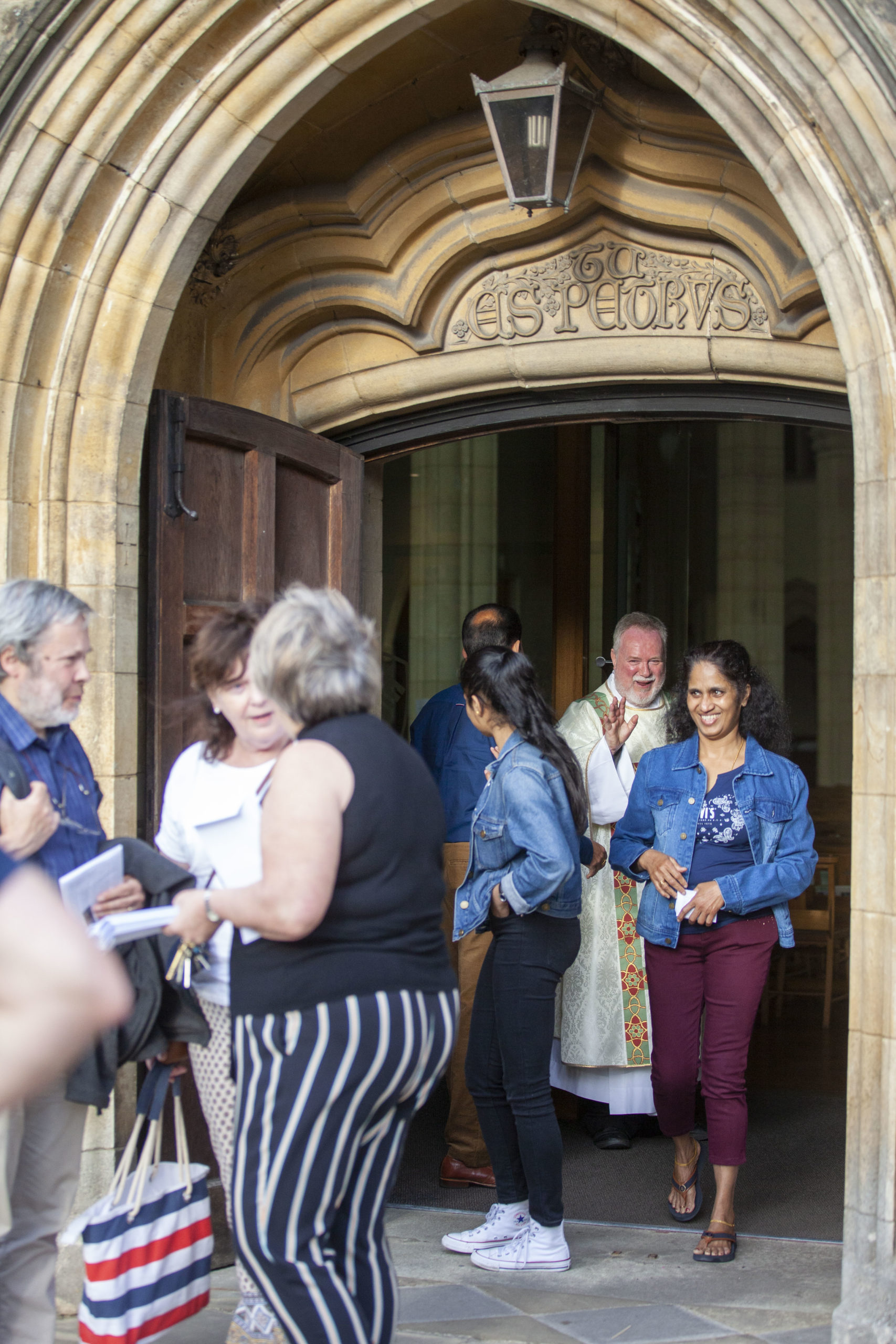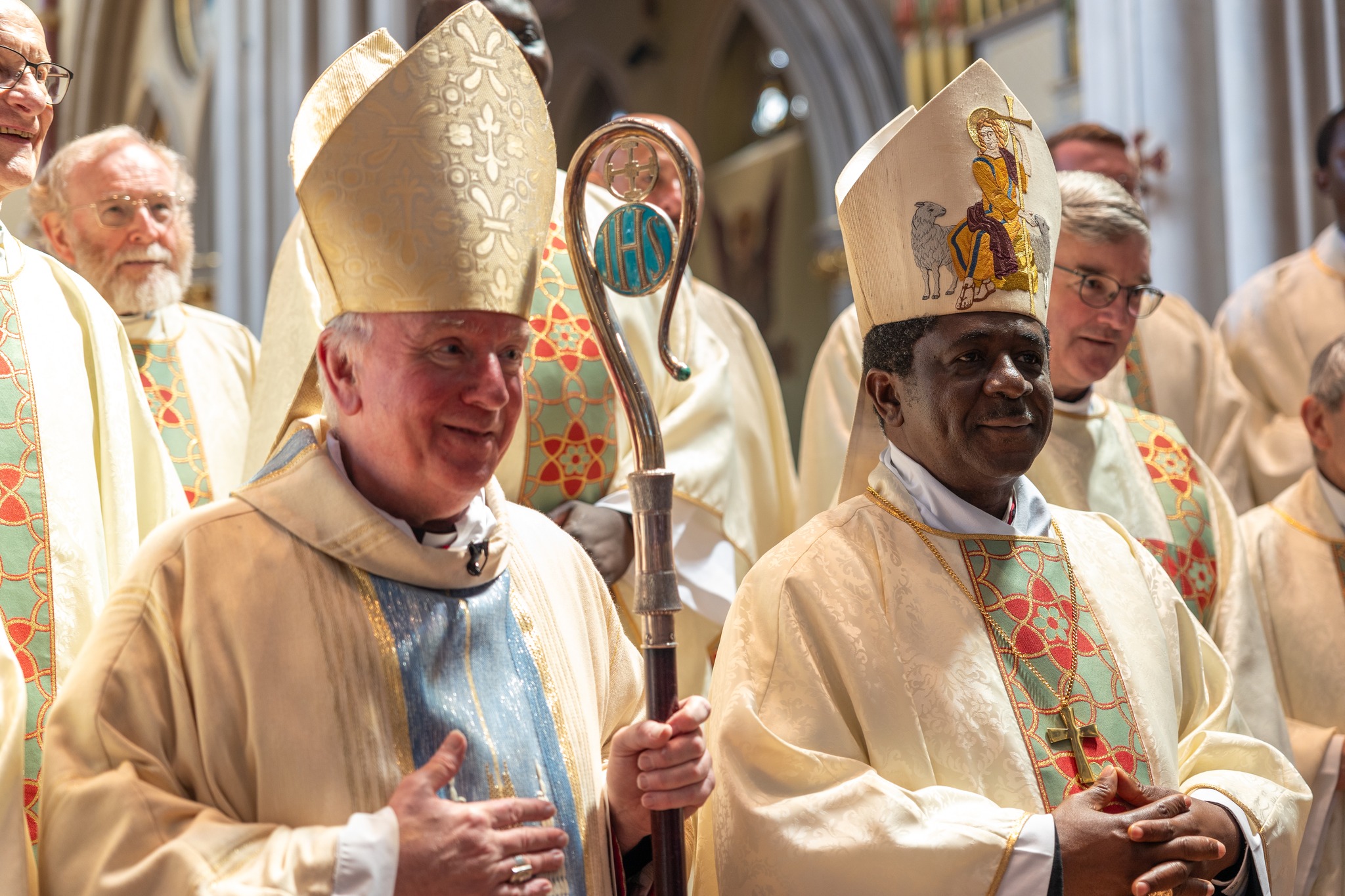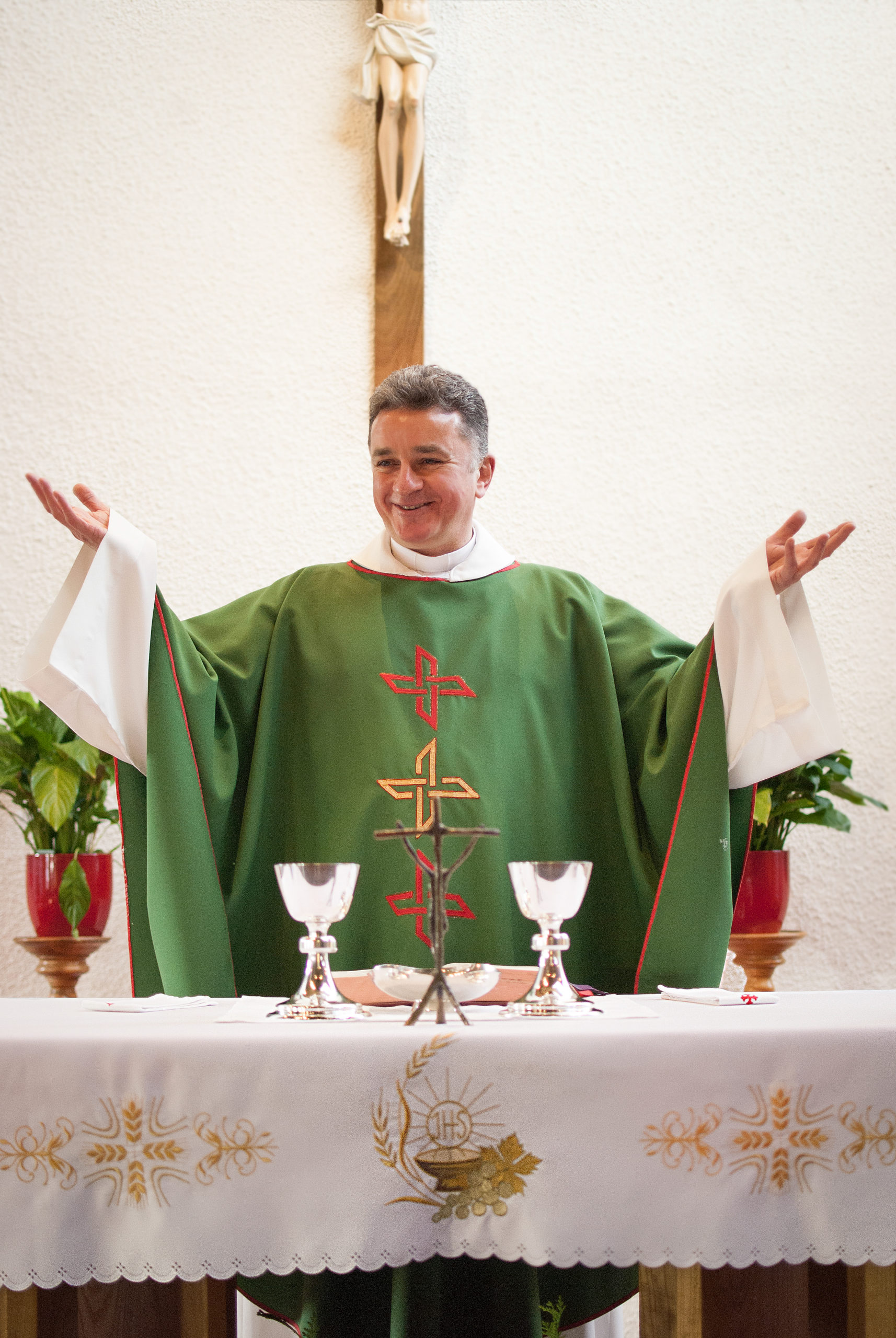St John’s Cathedral is hosting, in the Conference Room (located just beside the Discovery Central), an exhibition on the Shroud of Turin, including a life size replica.
Besides the life size replica of the Shroud, the exhibition features evidence revealed by historical and scientific research.
The Shroud of Turin is a 4.4 by 1.1 metres (14 ft 5 in × 3 ft 7 in) linen cloth that bears the front and back image of a man. Although there are claims that the Shroud is older, the first few accounted reports on the Shroud have been linked to the 1300s. For centuries the Shroud has been venerated as our Lord Jesus Christ’s burial shroud, with multiple Popes mentioning it over the ages, although the Catholic Church has never officially pronounced on the Shroud’s authenticity .
Scientists have made multiple tests and attempts to explain the Shroud and its origins, but have never concluded the age or what liquid was used to paint the linen cloth. You can learn more about the history of it, and the current scientific debate on the authenticity of the Shroud, by attending the exhibition.
The exhibition is open daily from 8 am to 6 pm, until the 14th of June and it is free of charge.
There are paid parking spaces in the Cathedral (subject to a first-come-first-served basis). It is possible to get an voucher for free parking after attending mass during the week (see the Cathedral newsletter for times), but this offer is subjected to availability.
Recent Posts
The Portsmouth World Youth Day pilgrimage group are getting really excited for their departure for Lisbon on Monday 31st July. They have been meeting regularly to get to know one [...]
Congratulations to Portsmouth Seminarian Ryan Browne (centre), who was admitted as a Candidate for Holy Orders (Candidacy) by Bishop Paul Tighe (Dicastery for Culture and Education) during Mass at the Venerable English [...]
Bishop Paul McAleenan, Lead Bishop for Migrants and Refugees for the Catholic Bishops’ Conference of England and Wales, has made a statement supporting the Archbishop of Canterbury’s comments in The [...]
"Laudato Si" Week runs from 21-28th May and celebrates the 8th anniversary of the publication "Laudato Si" by Pope Francis, a letter to all humanity inviting us to come together [...]






